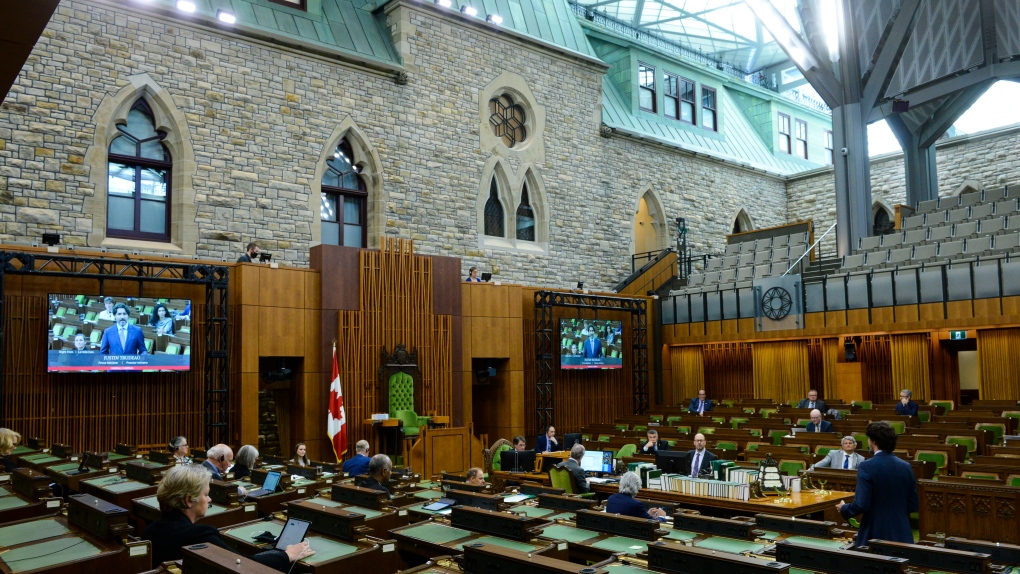
Hybrid sittings are here to stay as House passes sweeping rule changes
CTV
The House of Commons will be continuing to sit in a hybrid fashion for the foreseeable future, after the majority of MPs voted to pass the Liberals' plan to make what started as a pandemic workaround, a permanent feature of how Parliament works.
The House of Commons will be continuing to sit in a hybrid fashion for the foreseeable future, after the majority of MPs voted to pass the Liberals' plan to make what started as a pandemic workaround, a permanent feature of how Parliament works.
After more than 12 hours of debate this week, MPs voted—many virtually—171 to 137 in favour of forging ahead with a series of permanent changes to the rules that govern the House, otherwise known as the Standing Orders.
Government House Leader Mark Holland presented Parliament with the 25-page proposal on June 8, detailing more than 50 changes to the Standing Orders in order to allow MPs to continue participating remotely in debates and committee meetings.
The changes also allow for the continuance of the Commons-developed electronic voting application that allows MPs to vote remotely from anywhere in Canada, with verification measures.
Other changes will codify existing practices of the House, such as how members are recognized, their decorum requirements, how documents such as reports and petitions can be presented electronically, and scheduling adjustments regarding the timing and processing of votes.
The package of reforms do not dictate how many days MPs have to appear in-person, nor does the House have capacity limits, so if every MP still wants to show up in-person, they can.
To accommodate MPs participating remotely when hybrid first became a reality, large screens were placed on either side of the Speaker’s chair in the Chamber to broadcast whomever is speaking, whether in-person or at home, to the House. Those now, are expected to become a permanent feature.
